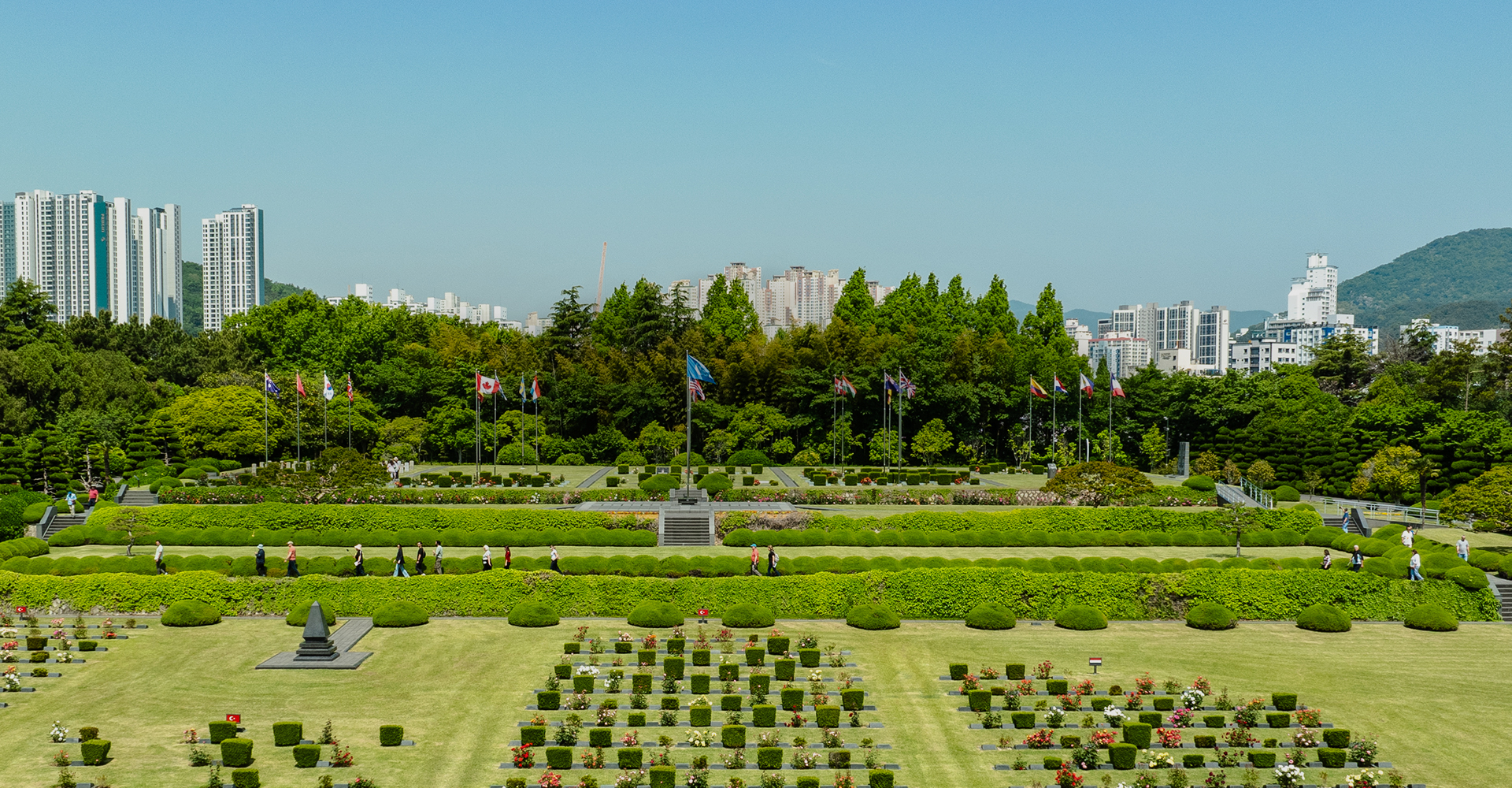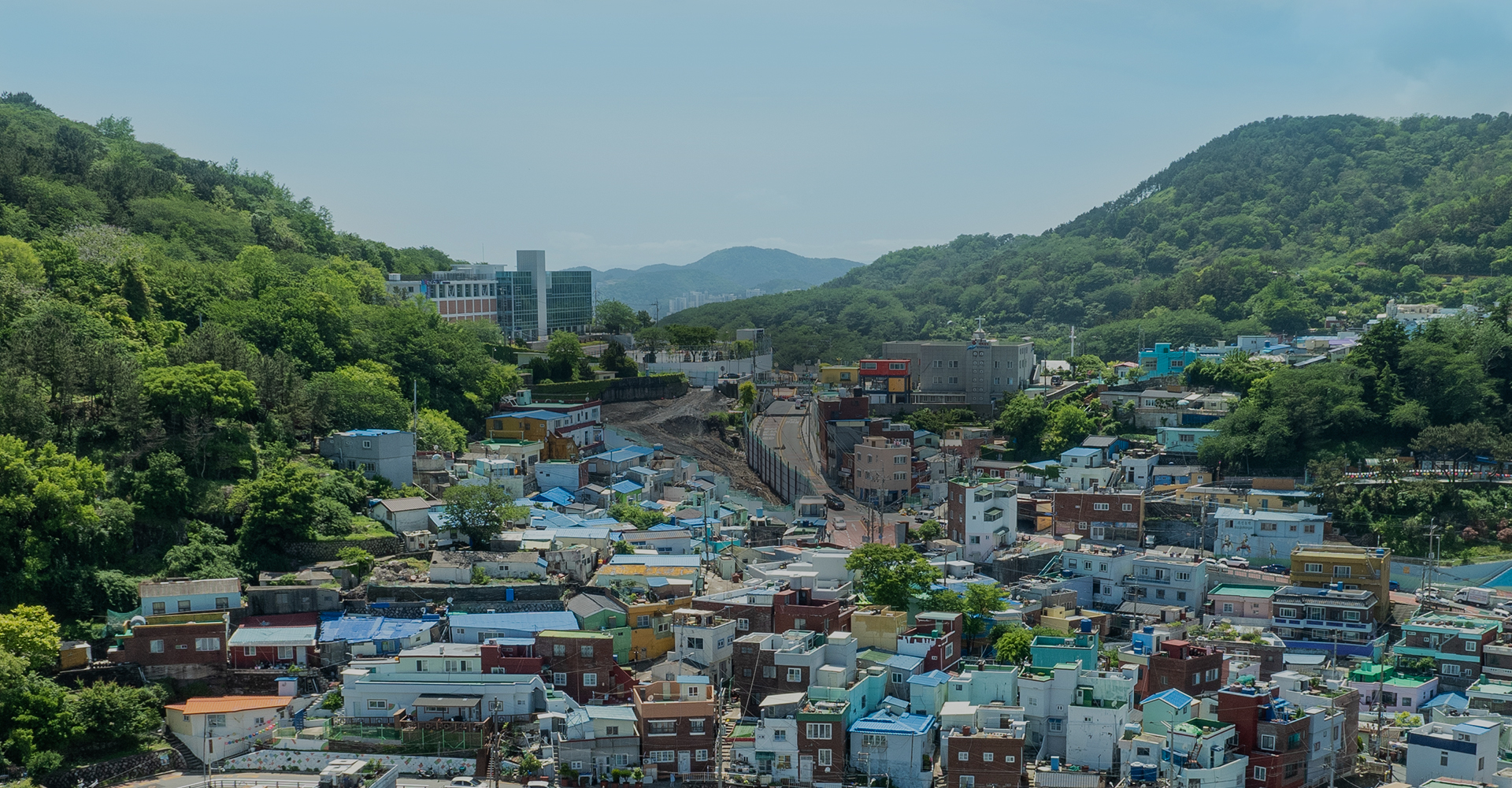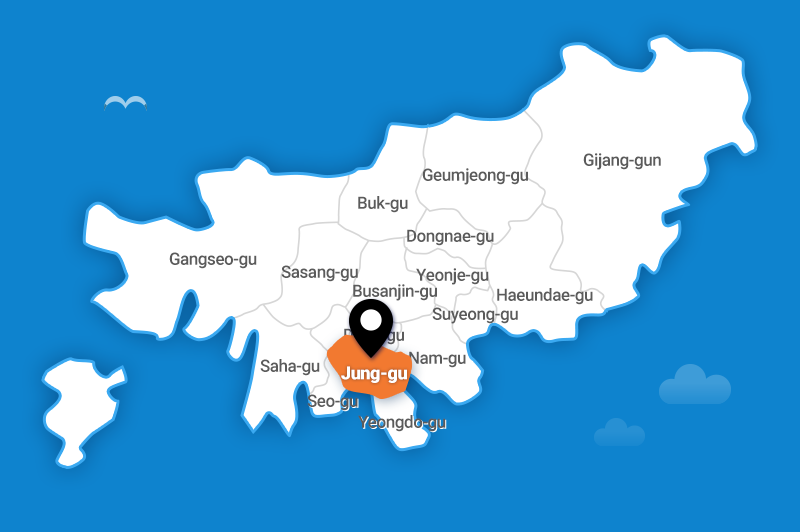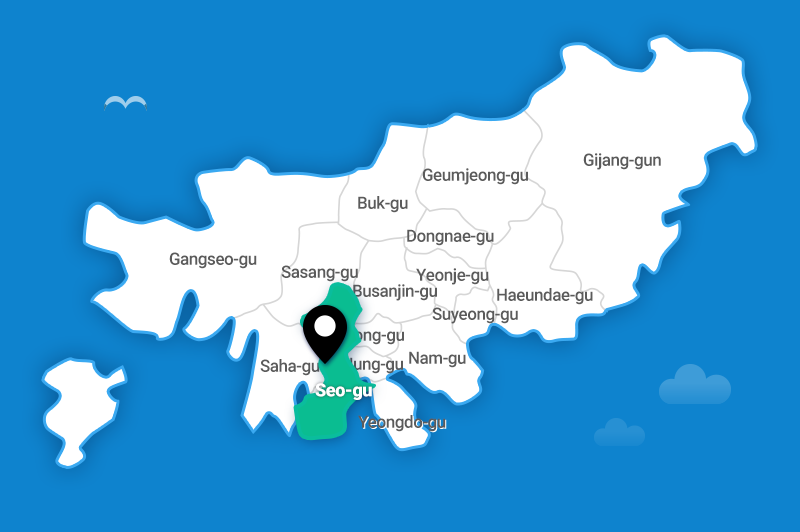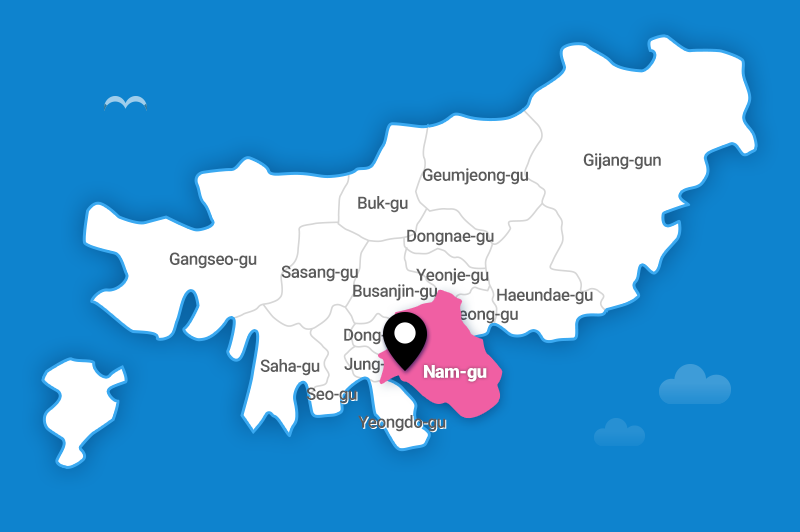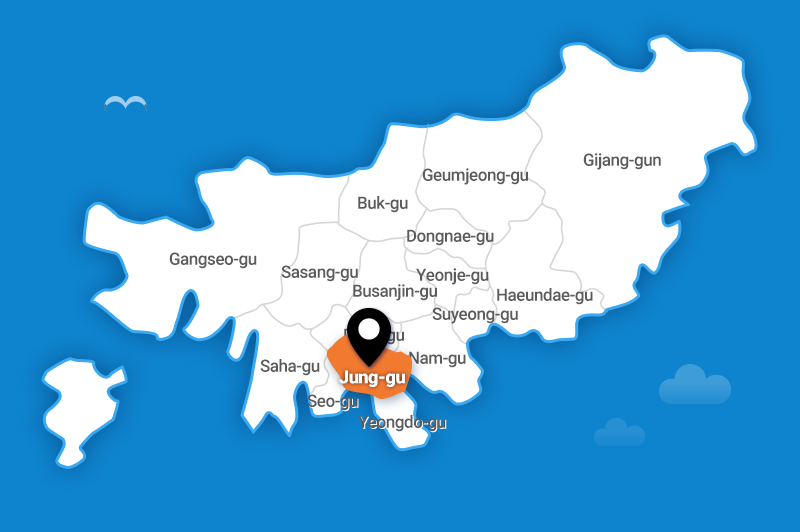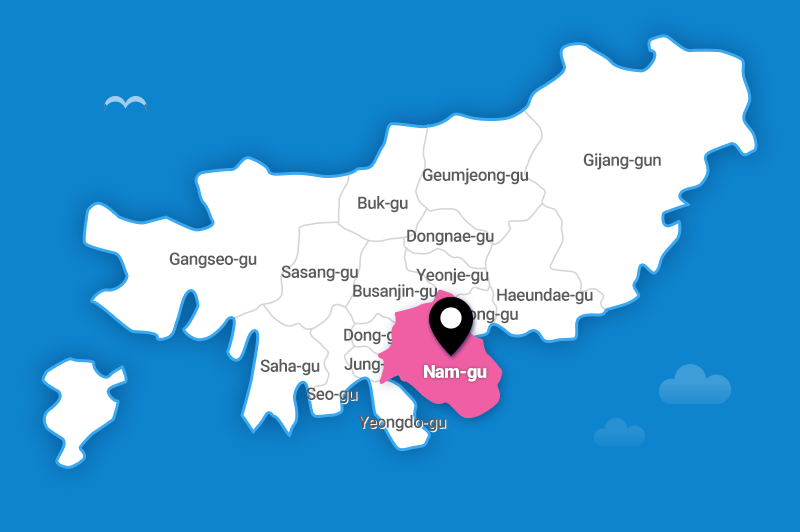Busan as the
Wartime Capital
Heritage of Busan as the Wartime Capital
After the outbreak of the Korean War, from August 18, 1950, until the return of the government to Seoul,
Busan served as the wartime capital of the Republic of Korea for 1,023 days. During this period, Busan became the political, economic, and
cultural hub of the country, providing refuge to countless displaced men, women and children.
Supported by international aid from
the United Nations forces and relief efforts, both the wartime government and the refugees found hope in rebuilding their lives.
Through their collective efforts, the nation was able to overcome the wartime crisis. Even today, Busan still holds the memories of both the pain of war and the hope for recovery.
Preserving and understanding the legacy of Busan as the wartime capital is essential, as it reflects the valuable history and
resilience of both Busan and Korea.This process of safeguarding the past is crucial to maintaining the core values that the nation holds dear.








